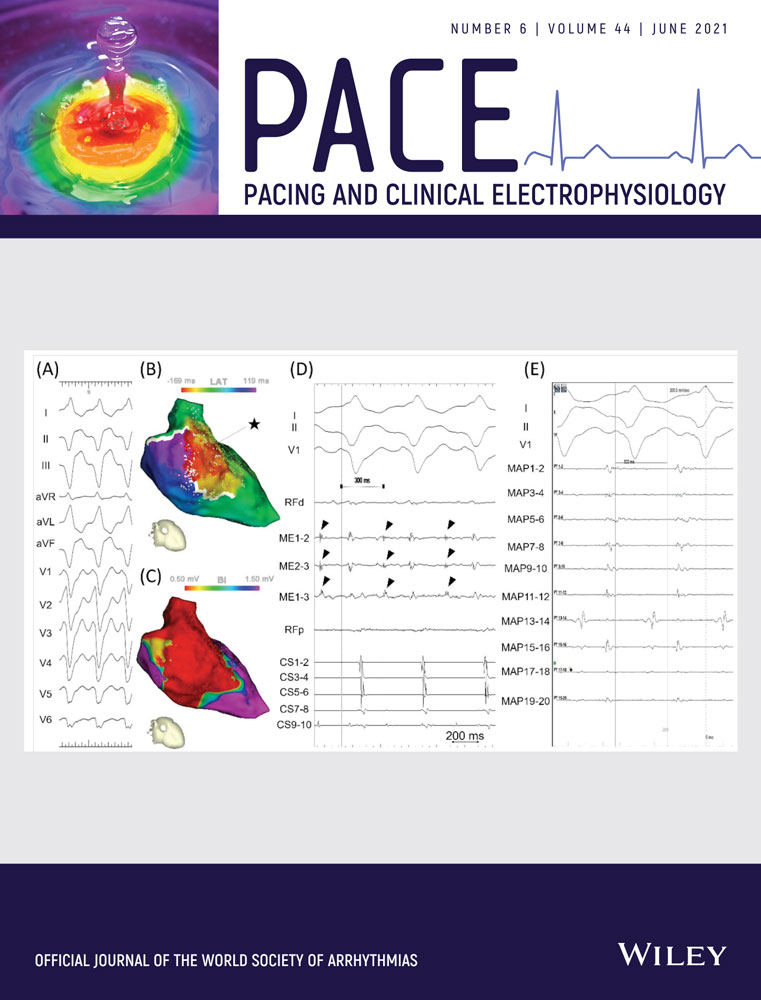Outcomes of manual versus remote magnetic navigation for catheter ablation of ventricular tachycardia: a systematic review and updated meta-analysis
Abstract
Purpose
Ventricular tachycardia (VT) ablation is a complex procedure that requires remarkable catheter manipulation skill, great mapping accuracy and catheter stability, and can expose patients to serious complications. Magnetic navigation system (RMN)-guided ablation and contact force-sensing (CFS) catheters have the potential to overcome these obstacles. We performed a systematic review and updated meta-analysis of all available studies evaluating the outcomes of VT ablation by using RMN-guided compared to manual navigation (MAN)-guided, with and without CFS catheters.
Methods
MEDLINE/PubMed, Cochrane, and Google Scholar were searched for randomized controlled trials (RCT) or observational studies with multivariate adjustment comparing RMN-guided versus MAN-guided VT ablation.
Results
Thirteen studies enrolling 1348 patients (656 RMN-guided vs. 692 MAN-guided) were included. CFS catheter were used in 14% of MAN-guided patients. In comparison to MAN-guided and CFS-guided, RMN-guided VT ablation was associated with a significant higher acute ablation success (OR 2.32, 1.66–3.23 and OR 2.91, 1.29–6.53, respectively) but similar results in term of long-term VT recurrence (OR 0.75, 0.56–1.01 and OR 0.79, 0.27–2.36, respectively). RMN-guided showed a better safety profile (for all complications, OR 0.52, 0.34–0.81) and allowed a significant x-ray reduction compared to MAN-guided (OR 0.21, 0.14–0.32) and CFS-guided VT ablation (OR 0.23, 0.11–0.52, all 95% CI).
Conclusions
RMN-guided was superior to MAN-guided and CFS-guided VT ablation in term of acute ablation success, all complications endpoint, and reduction of fluoroscopy exposure, but did not reduce long-term VT recurrence. Large prospective multicenter randomized trials are needed to confirm these findings.
CONFLICTS OF INTEREST
None declared.
Open Research
DATA AVAILABILITY STATEMENT
The data that support the findings of this study are available from the corresponding author upon reasonable request.




